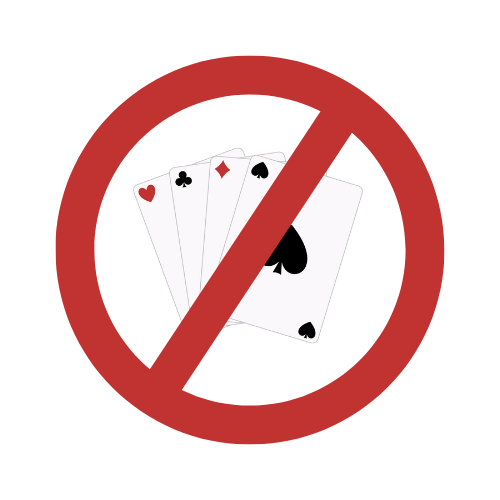Understanding Porn Addiction
What is porn addiction?
Porn addiction, a growing concern in the digital age, affects many individuals, of all sexes, across the UK. This addiction is characterised by an uncontrollable consumption of pornographic material, leading to significant distress or impairment in various aspects of life. This blog post explores the nature of porn addiction, its causes, impacts, treatment options, and includes a personal account from someone undergoing treatment.
The Nature of Porn Addiction
Porn addiction, also referred to as problematic pornography use, involves the compulsive consumption of pornographic material despite negative consequences. It is a behavioural addiction similar to substance addiction, where the individual’s brain pathways are altered by repetitive behaviour. Key characteristics of porn addiction include:
- Preoccupation: Constantly thinking about or planning to view pornography.
- Tolerance: Needing to view more explicit or novel material to achieve the same level of arousal.
- Withdrawal: Experiencing symptoms such as irritability, anxiety, and depression when not viewing pornography.
- Loss of Control: Inability to reduce or stop viewing pornography despite wanting to quit.
- Negative Impact: Significant impairment in personal, academic, or professional life due to excessive porn use.
Causes and Risk Factors
Several factors contribute to the development of porn addiction, including psychological, social, and environmental influences. Key risk factors include:
- Psychological Issues: Conditions such as depression, anxiety, and low self-esteem are often linked to porn addiction.
- Personality Traits: Traits such as impulsivity, sensation-seeking, and a tendency towards compulsive behaviour increase vulnerability.
- Social Environment: Peer pressure, social isolation, and relationship issues can influence porn use.
- Early Exposure: Early exposure to pornography can increase the likelihood of developing an addiction.
- Accessibility: The easy access to and anonymity of online pornography contribute significantly to addiction.
I thought escaping into the fantasy of porn would be easier than dealing with the reality of my marriage. But it ended up creating even more issues in our relationship.”
– Steve L., 48
The Impact of Porn Addiction
Porn addiction can have far-reaching consequences that affect various aspects of an individual’s life.
Physical Health
Excessive porn consumption can lead to physical health issues such as:
- Sexual Dysfunction: Issues such as erectile dysfunction and decreased libido can arise.
- Sleep Disturbances: Late-night viewing can disrupt sleep patterns.
- Neglect of Physical Activity: Time spent on porn can replace physical exercise, leading to a sedentary lifestyle.
Mental Health
Porn addiction is closely linked with various mental health problems, including:
- Depression and Anxiety: The guilt and shame associated with excessive porn use can exacerbate these conditions.
- Stress and Irritability: Withdrawal symptoms and the compulsion to view porn can increase stress levels.
Social and Relationship Consequences
Porn addiction can strain relationships and lead to social isolation:
- Relationship Issues: Decreased intimacy, trust issues, and infidelity can result from excessive porn use.
- Social Isolation: Individuals may withdraw from social activities to spend more time viewing pornography.
Academic and Professional Impact
Porn addiction can negatively affect academic and professional life:
- Decreased Productivity: Excessive porn use can lead to procrastination and reduced work performance.
- Absenteeism: Time spent on pornography can interfere with work or study commitments.
Treatment and Recovery
Overcoming porn addiction requires a comprehensive approach that addresses both the behavioural and psychological aspects of the disorder. Effective treatment options include:
Cognitive Behavioural Therapy (CBT)
CBT is effective in treating behavioural addictions. It helps individuals identify and change distorted thinking patterns and behaviours related to porn use. CBT also focuses on developing healthier coping mechanisms.
Counselling and Support Groups
Individual or group counselling provides a supportive environment to discuss the challenges associated with porn addiction. Support groups offer peer support and a sense of community.
Mindfulness and Stress Management
Mindfulness practices, such as meditation and yoga, can help individuals manage stress and reduce the urge to engage in compulsive porn viewing.
Digital Detox
Implementing a digital detox, where individuals take a break from all digital devices, can help reset their relationship with technology. This can be done gradually by setting limits on screen time or scheduling tech-free periods.

James’ Story
My Personal Journey to Recovery
James, a 29-year-old from Birmingham, shares his experience with porn addiction and his path to recovery:
“My addiction to pornography started in my mid teens. It began as a curiosity but quickly became a daily habit. I would spend hours watching porn, which impacted my relationships and work. I felt ashamed and isolated.
The turning point came when my partner found out about my addiction and confronted me. I realised I needed help and joined a support group through the Lucy Faithfull Foundation. I also started seeing a therapist who specialised in CBT.
Through therapy and the support of my group, I began to understand the triggers for my addiction and developed healthier coping strategies. It’s been a year since I stopped viewing pornography, and I feel more in control of my life. The journey hasn’t been easy, but I’m grateful for the support I’ve received.”
